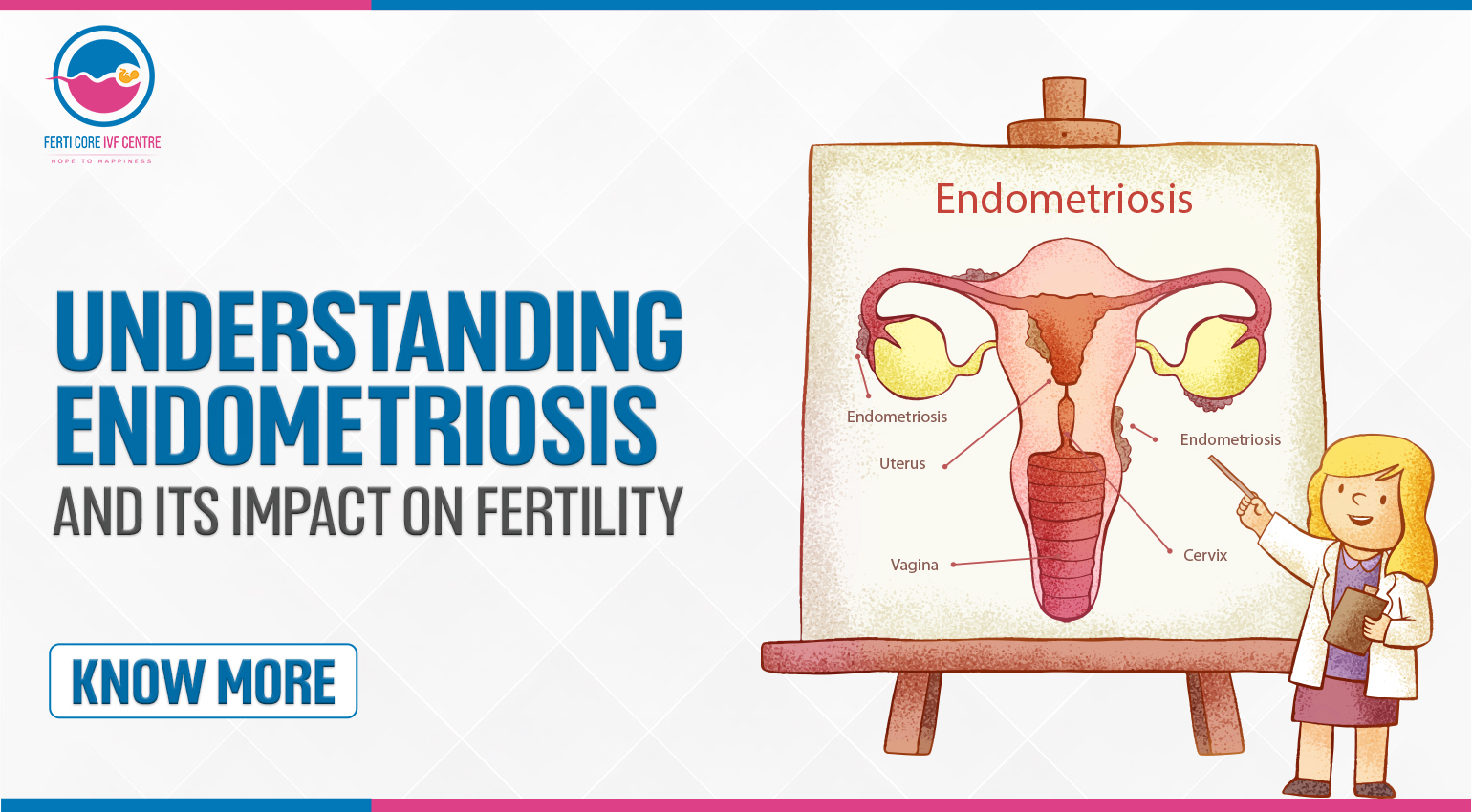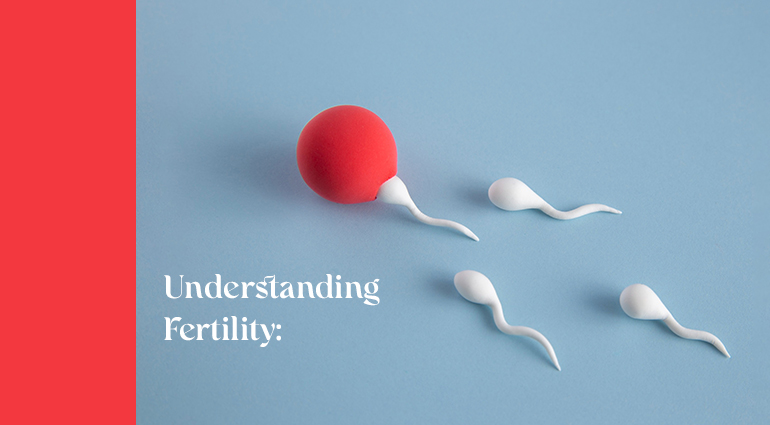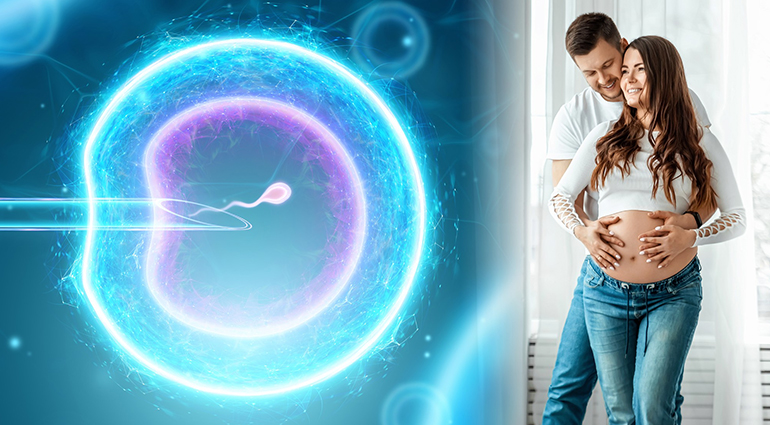Navigating the IVF (In Vitro Fertilization) journey can be both exciting and challenging. Here's a step-by-step guide to help you understand the process:
- 1. Initial Consultation : Start by scheduling a consultation with a fertility specialist or a reproductive endocrinologist. They will review your medical history, conduct necessary tests, and discuss your fertility treatment options, including IVF.
- 2. Ovarian Stimulation : Once you decide to proceed with IVF, the next step involves ovarian stimulation. You'll take hormonal medications to encourage your ovaries to produce multiple eggs, rather than the usual one egg that's released during a natural menstrual cycle.
- 3. Monitoring : Throughout the stimulation phase, your doctor will monitor your progress through blood tests and ultrasounds. This helps adjust your medication dosage and timing to ensure optimal egg development.
- 4. Egg Retrieval : When the eggs are mature, a minor surgical procedure called egg retrieval (follicular aspiration) is performed. A thin needle is inserted into the ovaries via the vaginal wall to collect the eggs. You'll be under sedation during this procedure.
- 5. Sperm Collection : On the same day as the egg retrieval or beforehand, the male partner provides a sperm sample, which is processed to isolate healthy sperm.
- 6. Fertilization : The retrieved eggs and sperm are combined in the laboratory for fertilization. In some cases, intracytoplasmic sperm injection (ICSI) might be used, where a single sperm is directly injected into an egg.
- 7. Embryo Development : Fertilized eggs develop into embryos over the next few days. The embryology team monitors their progress, and the best-quality embryos are selected for transfer.
- 8. Preimplantation Genetic Testing (PGT) (Optional) : If you and your partner have genetic concerns, you might opt for PGT to screen embryos for specific genetic conditions before transfer.
- 9. Embryo Transfer : A selected embryo is transferred into the uterus through a thin catheter. This is a relatively quick and painless procedure, often done without anesthesia. The number of embryos transferred depends on factors like your age and embryo quality.
- 10. Luteal Phase Support : After the embryo transfer, you'll take hormonal medications (progesterone) to support the uterine lining and help with embryo implantation.
- 11. Waiting Period and Pregnancy Test : A waiting period of about 10-14 days follows the embryo transfer. A blood test is done to determine if the embryo has successfully implanted and if you're pregnant.
- 12. Pregnancy and Beyond : If the pregnancy test is positive, your fertility specialist will continue monitoring your pregnancy for the first few weeks. If successful, you'll then transition to a regular obstetrician for prenatal care.
Remember that every individual's IVF journey can vary based on factors like medical history, response to medications, and personal choices. It's crucial to have open communication with your medical team, ask questions, and seek emotional support when needed. The IVF journey can be emotionally and physically demanding, so having a strong support system is essential.
 Understanding Endometriosis and its Impact on Fertility
Understanding Endometriosis and its Impact on Fertility
 10 Best Foods That Can Enhance IVF Success and Boost Fertility Naturally
10 Best Foods That Can Enhance IVF Success and Boost Fertility Naturally
 Personalized Care in IVF: Tailoring Treatments for Individual Needs
Personalized Care in IVF: Tailoring Treatments for Individual Needs
 Understanding Fertility: Common Causes and Treatments:
Understanding Fertility: Common Causes and Treatments:
 Navigating the IVF Journey: A Step-by-Step Guide
Navigating the IVF Journey: A Step-by-Step Guide